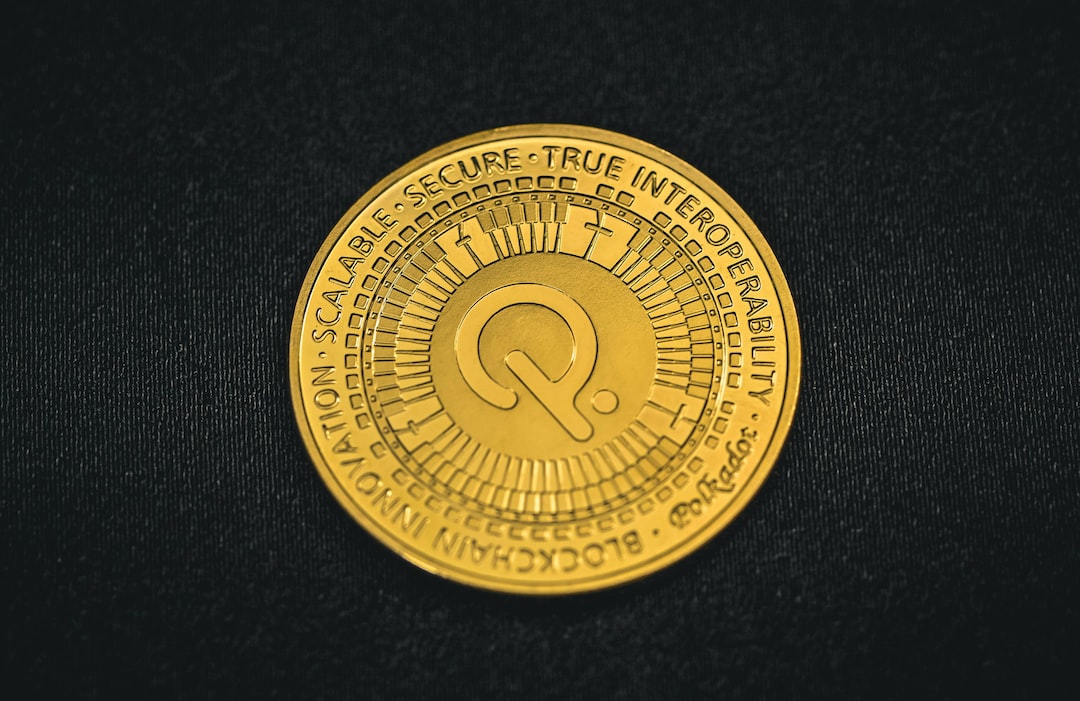Federal Reserve Governor Expresses Concerns About Financial Innovation
Federal Reserve Board governor Michelle Bowman recently expressed her views on financial innovation during a speech at Harvard Law School. In her speech, Bowman discussed topics such as central bank digital currency (CBDC) and stablecoins. She also explored the potential of “unified ledger” technology and distributed ledger technology to enhance existing systems.
Bowman raised questions about the necessity of these innovations and emphasized the role of banks in preventing government overreach. While she did not provide specific details, she highlighted the U.S. intermediated banking model as a way to protect consumer financial activities from unnecessary government interference.
Like many politicians, Bowman expressed concerns about bank disintermediation resulting from CBDCs that are not properly designed. She also mentioned the need to address issues within the payment system, promote financial inclusion, and provide public access to safe central bank money. However, she did not find compelling arguments for CBDCs over other alternatives.
Bowman specifically noted that the FedNow service, introduced in July, offers similar advantages to CBDCs without requiring a congressional mandate. The Federal Reserve has previously stated that it would not issue a U.S. dollar CBDC without such a mandate.
Hot Take: Bowman’s Caution Reflects Growing Concerns
Bowman’s cautious stance on financial innovation mirrors the worries shared by other politicians and policymakers. Her emphasis on protecting consumer financial activities from government overreach highlights the importance of maintaining the current banking model.
While acknowledging the potential benefits of CBDCs and other technologies, Bowman calls for careful consideration and proper design to avoid negative consequences like bank disintermediation. As discussions around CBDCs continue, it is crucial to address issues within the existing payment system and ensure financial inclusion.
Bowman’s remarks also shed light on the FedNow service, which she sees as a viable alternative to CBDCs. This suggests that the Federal Reserve is actively exploring innovative solutions to improve the payment system without immediate plans for a U.S. dollar CBDC.





 By
By
 By
By
 By
By
 By
By

 By
By